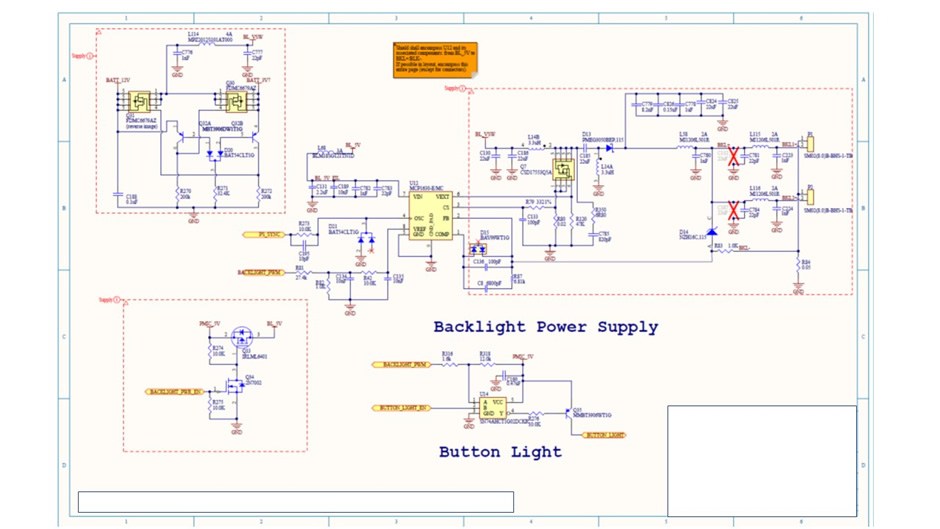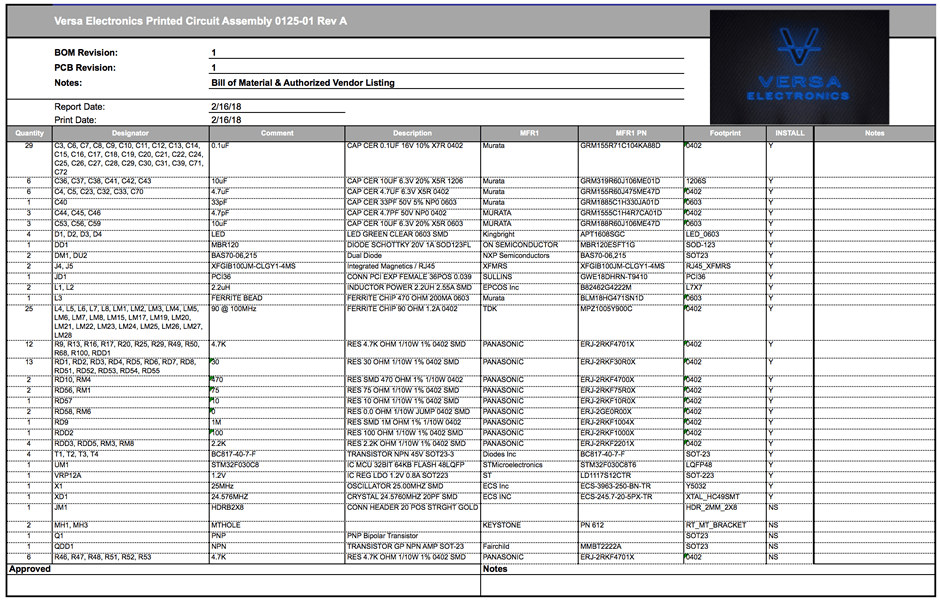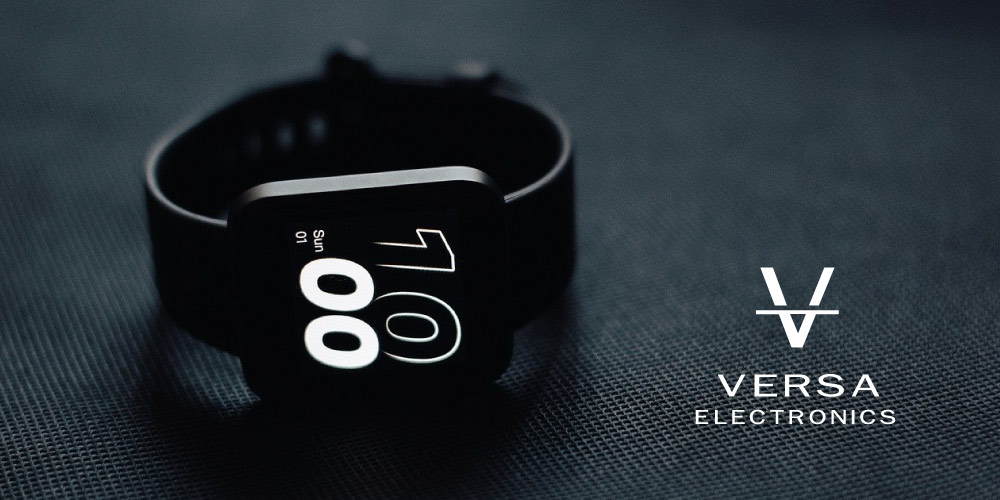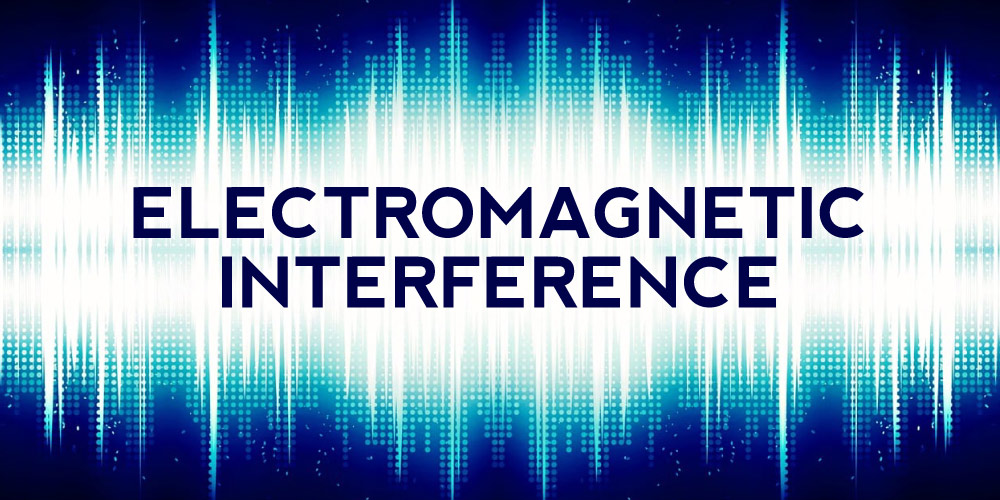The number of electronic devices that require printed circuit boards is increasing at an exponential rate. User demand, increased functionality, and decreasing device size are driving a surge in demand for printed circuit boards. The global printed circuit board market is expected to reach an estimated $72.6 billion by 2022. To meet increased demand for electronic devices, electronics manufacturers have advanced their technology, their material, and their process to manufacture the printed circuit assembly quickly and more efficiently.
Regardless of the advanced capability of electronic manufacturing service providers, nearly every electronic device will require functional components to manage power, input/output interfaces, and processing. A printed circuit assembly (PCA) is the result of a process to connect these functional electronic components with the wirings of printed circuit boards (PCB). Before these electronic components can be manufactured, standard documentation for a printed circuit assembly must be created.
This article is a guide to printed circuit board assembly documentation that results in a reliable, repeatable, and cost-effective PCA design.
PCA Design Assumptions
For the purposes of this article, we have assumed that the electronic product design and electronic device schematics are validated for purpose and functionality.
PCA Bill of Materials
While the electronic device schematics are being developed, a product designer will simultaneously develop the bill of material (BOM). The BOM is a listing of the specific electronic components needed to complete the entire printed circuit assembly. Important data recorded on the BOM includes:
- Voltage values
- Values for current
- Tolerance values
- Base part numbers
- Individual part reference designator(s)
- Quantity
- Footprint
- Packaging
PCA Approved Vendor List
While the electronic device schematics and bill of materials are being developed, an electronic product designer will also develop the approved vendor list (AVL). The AVL adds more detail to the bill of materials by specifying an exact manufacturer and manufacturer’s part number for each electronic component line item on the bill of material.
Whether a component is single-source or has multiple sources of supply is a critical consideration. An electronic product designer should make every effort to qualify alternate vendors on the AVL as early as possible. There can be notable repercussions to product cost and delivery if a single electronic component has limited sources or is not available to the electronic manufacturer when needed.

Printed Circuit Assembly Manufacturing Cost & Lead Time
From a manufacturing perspective, the BOM and AVL will involve a high-level of cost and lead-time with respect to purchase and availability at PCA prototype, PCA production, and late-product lifecycle stages. It’s important that the electronic product designer considers electronic material cost, lead-time, and expected longevity for each electronic component defined in the PCA schematic capture and during the development of the PCA bill of material.
Printed Circuit Board
A printed circuit board (PCB) is a primary part on the BOM. The PCB is the “canvas” or substrate that provides electrical connection and mechanical support of all the other components on the printed circuit assembly. The printed circuit board is a custom fabricated part critical to the performance of the circuit.
The design of printed circuit board and printed circuit assembly is part art and part science. Component placement with a PCA requires much detail and considerations must include:
- Effective electrical connections
- Signal management
- Thermal effects on the component and complete assembly
- Part and connection pad placement for assembly efficiency
- Part and connection pad placement for test and repair
- Electromechanical consequence for input/output connections
- Mounting the PCA into an upper level device
PCB Design and PCB Testing
Training, experience, and automated software suites are important tools for the PCB designer. The process of taking the schematic, BOM, and AVL through the PCB layout process to a finished physical state requires testing and validation. Software that guides a designer and utilizing “Design Rule Checking” software functions help contribute to a quality base circuit, reduced manufacturing cycle times, and improved electronic product quality and reliability. An experienced PCB designer along with PCB software can ultimately provide a more cost effective and repeatable production assembly.
Printed Circuit Assembly Document Package
Once complete the designer will provide a printed circuit board assembly document package to the assembly team at the electronic manufacturing service provider. A comprehensive printed circuit assembly document package typically includes the following:
- Bill of Materials (BOM)
- Approved Vendor List (AVL)
- PCB Gerber data (All layers, Drill files, Aperture files)
- CAD data (ODB++ for example)
- Centroid file
- PCB schematic(s)
- PCB fabrication drawing and notes
- Assembly drawing(s)
- Test specifications (ICT, Functional, ESS, Hi-Pot, etc.)
- Quality specifications
- Regulatory (UL, TUV, etc.) requirements
While it is possible for a PCA assembly team to quote and build a printed circuit assembly with an abbreviated version of this PCA documentation package, it is not recommended. Detailed documentation for the printed circuit board and printed circuit assembly means a lower probability that an error can pass from the design to the final product. Troubleshooting is also less complicated when the PCA documentation and PCA physical state becomes comparable “side by side”.

Summary
The successful launch of a new electronic device is often contingent on the PCA documentation. To ensure the highest quality, timely production, and a cost-effective assembly, it is in the best interest of a PCA designer to complete a thorough documentation package for a printed circuit assembly.





